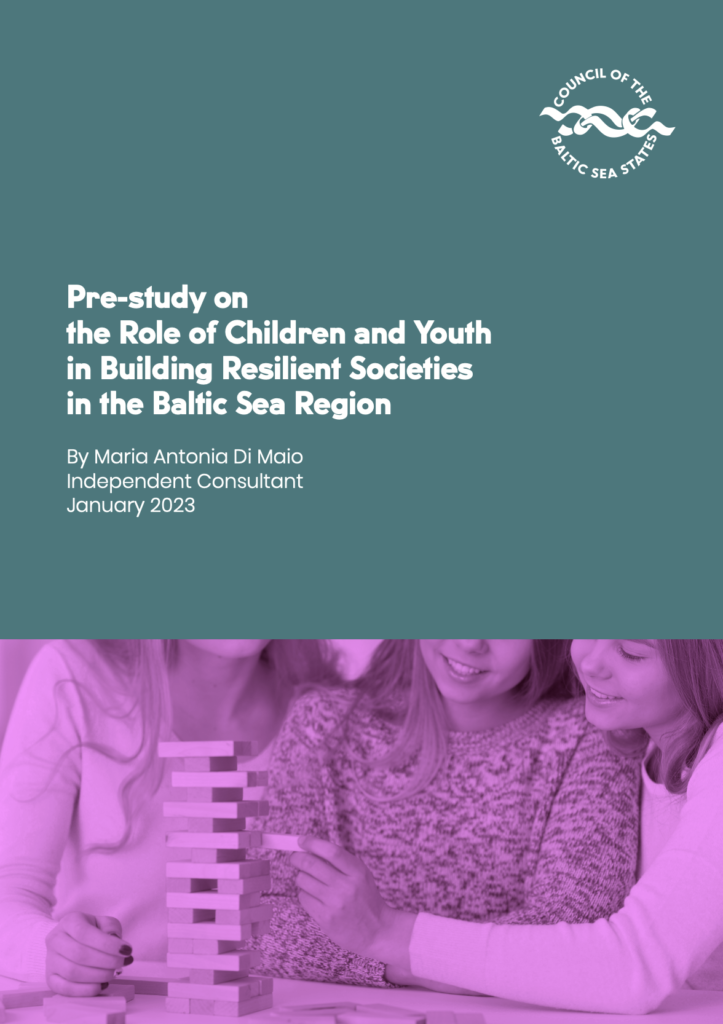Report on the role of children and youth in building resilient societies
Children and young people involvement in disaster risk reduction (DRR) activities has been in focus for PA Secure since 2020. PA Secure is coordinated jointly by the Council of the Baltic Sea States (CBSS) and Swedish Civil Contingencies Agency (MSB).
Despite evidence of the benefits of involving children and youth in disaster risk reduction (DRR) activities, it is still difficult for many organisations and societies to fully accept that they can take responsibilities in DRR.
To address this challenge, in 2020–2022, the Council of the Baltic Sea States (CBSS) implemented a project “ChYResilience – The role of children and youth in building a resilient society” that sought to empower children and youth to play an active role as contributors to societal resilience and to remove barriers to their active involvement in prevention, preparedness, response, and recovery.
The project culminated in the pre-study on “The Role of Children and Youth in Building Resilient Societies in the Baltic Sea Region”.
Across all the focus groups with children and young people and individual interviews held, it appeared that children and youth do not receive much support by adults in forming their views about ways in which they could contribute towards DRR actions. Despite recognition of the benefits that they would bring to the area, there are no mechanisms to regularly involve children and young people on an ongoing basis, nor to help them figure out and express the ways in which their involvement in DRR could take place in practice.
Some of the main findings of the report are the following:
- Children and youth interviewed for the study demonstrated an ample understanding of the concepts of risks and disaster, across all age groups involved. Their knowledge and ability to conceptualize risks, disaster and safety become more profound and more nuanced as they grow up.
- Children and young people of all age groups interviewed as part of the Pre-Study showed great empathy and resolutely demonstrated a willingness to help in the event of a disaster or an accident: parents, neighbours, pets, and even people they did not know.
- Raising awareness among the population about existing safety risks is one of the areas in which adults rely more clearly and explicitly on children and youth’s active contributions. Children and youth appear key to spreading safety and risk information among individuals and groups that are harder to reach.
- Among the barriers to the involvement of children and youth in DRR the most important one identified by both adult and child respondents was the lack of knowledge, awareness and capacity of adults around them. Even when adults in relevant positions open up to listen to youth’s voices, youth doubt that their opinions will be taken into serious account and consideration.

